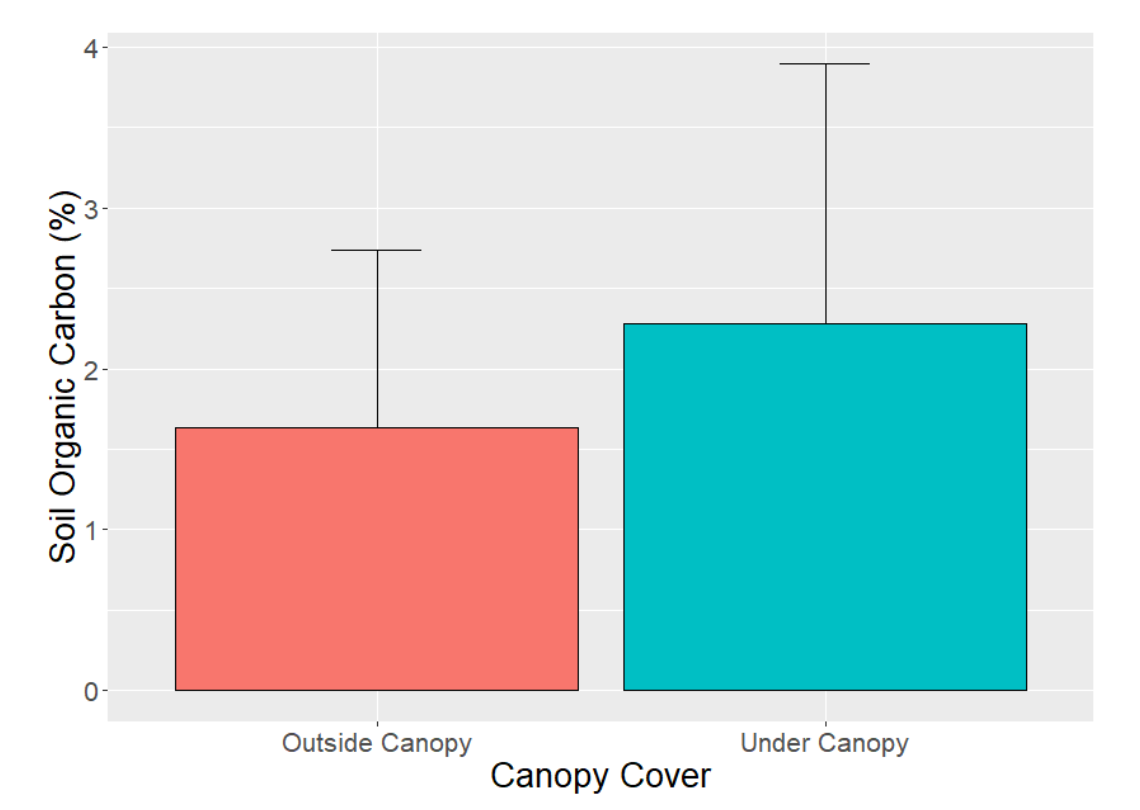Soil carbon plays a central role in helping to combat climate change, nourish plants, support biodiversity, purify and store water, and promote healthy soil structure.
Digging Deep: How Soil Mineralogy Influences Carbon Storage in California

Photo by William Milliot
06/26/2023
By: Point Blue Conservation Science
Reading time: about 2.5 minutes
Soil carbon plays a central role in helping to combat climate change, nourish plants, support biodiversity, purify and store water, and promote healthy soil structure. Thus, there is both a strong need and opportunity to protect and rebuild soil carbon through stewardship, which would result in a myriad of benefits to humans and the ecosystems on which we depend. To effectively and efficiently manage soil carbon, it is critical to know what practices we can rely on, the locations that are most in need of attention, and site characteristics that will allow for the greatest gains.
Recently, Point Blue Conservation Science embarked on a statewide study—in collaboration with local ranchers and scientists from Cal Poly San Luis Obsispo, Colorado State University, and the Quivira Coalition—to better understand how soil carbon responds to silvopasture practices, namely planting of oak trees in pastures. Collecting samples from eleven paired restored and unrestored sites, we found that areas beneath planted trees had elevated levels of soil carbon compared to adjacent open grassland areas, confirming previous results from the literature that oaks create islands of fertility.

Importantly, our study revealed the strong influence of specific soil minerals, particularly iron/aluminum oxides and organically complexed silica, on carbon storage potential across these sites. Specifically, soils rich in iron/aluminum oxides and organically complexed silica demonstrated the greatest increases in carbon storage with restoration. These minerals are thought to offer more ‘binding sites’ for carbon, and thus enhance long-term storage, while soils lacking in these minerals showed a diminished capacity for carbon sequestration.

These findings have not been previously demonstrated at this scale for California rangelands. They offer critical insights that could significantly influence both policy and practice and emphasize the importance of continued research to further understand soil mineralogy. As we continue to delve deeper into these findings, we are eager to explore their practical applications and partner with ranchers and other land stewards across the state to make informed, on-ground decisions that can be harnessed to maximize climate change mitigation and soil health efforts.
